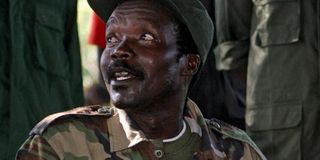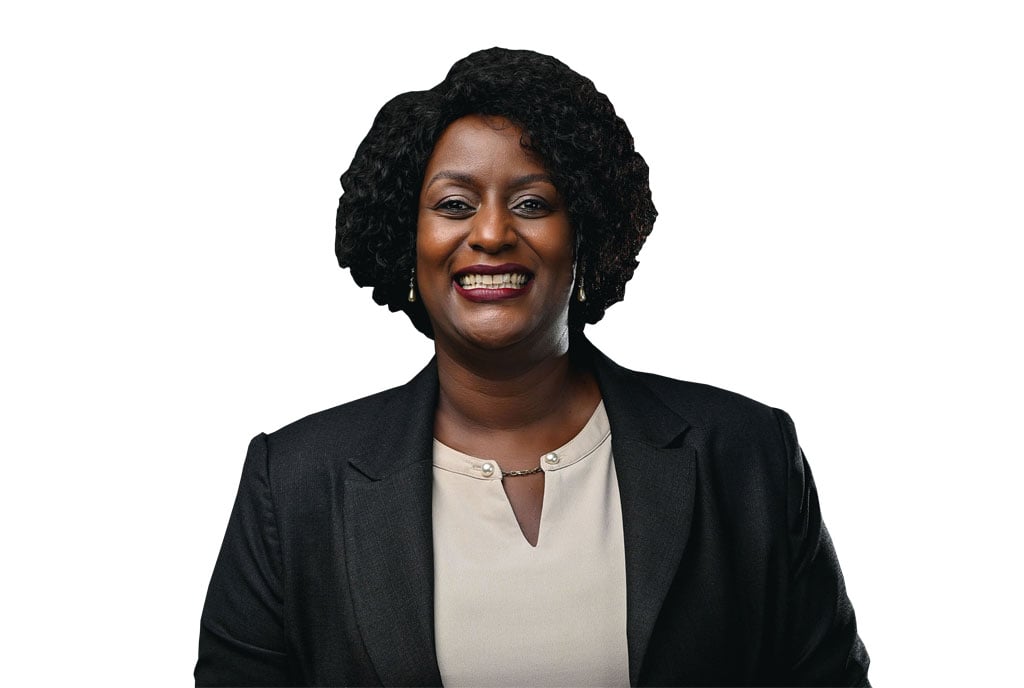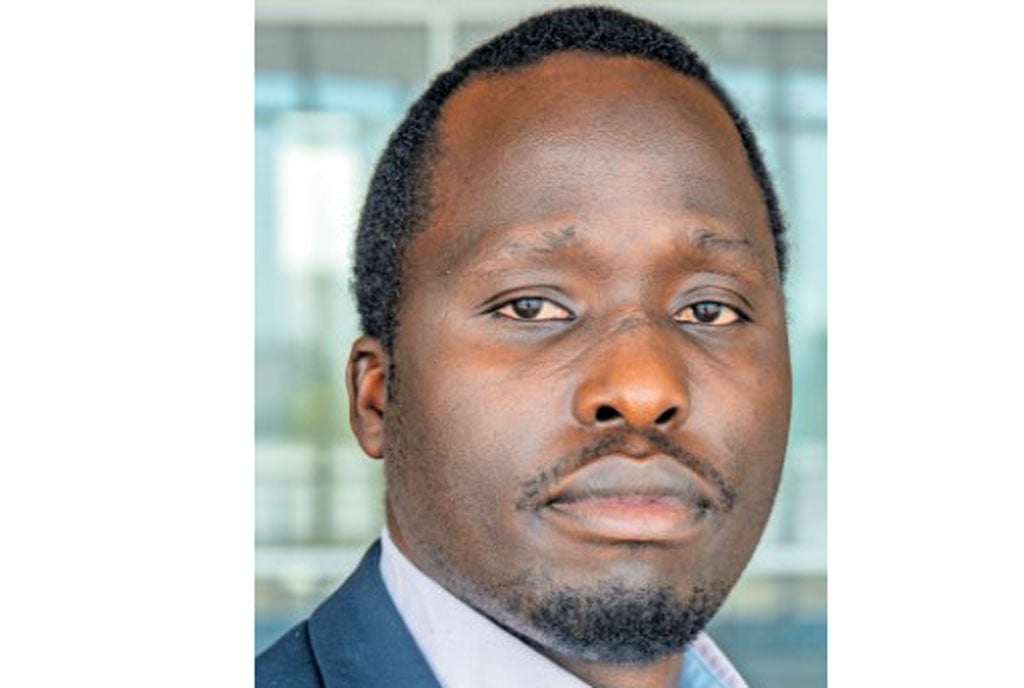Prime
The end of Joseph Kony?

LRA rebel leader Joseph Kony
What you need to know:
Part II. If all goes according to plan, Uganda, hopes to have withdrawn all its forces from the Central African Republic jungles by May next year, bringing to an end the nearly nine-year man-hunt for one of the world’s most wanted men – Joseph Kony. In part II of our article, Frederic Musisi looks at US president Donald Trump’s policy shift, the change in landscape of regional politics and what it means for the hunt for Kony.
US president Donald Trump’s administration is in the process of evacuating all its troops from Central African Republic (CAR).
Mr Trump, an Afro-sceptic according to several observers, first signalled the withdraw in January shortly before he assumed office as the 45th president when his transition team sent a questionnaire to the State Department querying whether it is worthwhile for the US government to continue funding the fight against the Lord’s Resistance Army (LRA) and al-Shabaab in Somalia.
“We’ve been hunting [LRA rebel group leader Joseph] Kony for years, is it worth the effort?” the document asked.
“The LRA has never attacked US interests, why do we care? Is it worth the huge cash outlays? ...Even the Ugandans are looking to stop searching for him, since they no longer view him as a threat, so why do we?”
The US through the Department of State first designated the LRA as a terrorist group in 2001 and LRA was added onto the Terrorist Exclusion List. In 2008 it further designated, with sanctions, the LRA as a global terrorist group.
It’s, however, not clear how much the US government has spent on the operation, but former president Barack Obama’s administration to boost the hunt for Kony in 2013 put a $5m (approximately Shs18b) bounty on his head or information leading to his arrest.
The US Treasury Department also slapped several economic and financial sanctions on the LRA.
Mr Chris Brown, the US embassy spokesperson, in an email confirmed that US Africa Command (AFRICOM) announced withdrawal of forces involved in counter-LRA activities but declined to discuss specific operational details or a timeline for the withdrawal.
However, reiterating the statement of AFRICOM commander, Gen Thomas Waldhauser, during a telephonic conference with journalists recently, Mr Brown said: “The US will continue to work with countries in the region through training and exercises to ensure there is no security void created in this area.”
Is it mission accomplished?
A senior official in the Ministry of Foreign Affairs familiar with the back and forth pen-pushing, speaking on condition of anonymity, told this newspaper that besides the declining resources by international actors to continue the operation in CAR, the decision was also premised on the change in landscape of regional politics.
During the LRA’s heydays, it was widely reported and believed that Khartoum [president Omar Bashir] was in support of the rebel group. Accusations often flew back and forth between Kampala and Khartoum to a point of almost going to war.
Khartoum supported the LRA whose belief is against President Museveni’s government, in retaliation for Kampala being in bed with the secessionist Sudan People’s Liberation Army forces.
“South Sudan eventually got independence (2011) but the defining moment that made peace between the two was the indictment of president Bashir in 2010 by the ICC on the crimes in Darfur which put him on collision course with the international community, and to make allies, he had to start in the region,” the official noted.
In the several reports by NGOs The Resolve, Invisible Children, and Enough Project from 2010, it was reported that the Sudan Armed Forces (SAF) continued to support the LRA in their hiding in Kafia Kingi.
Although Khartoum continually rejected such reports, the claim was eventually put to rest, an indication that the support had been disconnected.
Sudan’s romance with the LRA is said to have started in 1994, providing the rebel outfit with military training, safe haven, weapons and other supplies.
In 2013, Kony was reported to be in poor health and Michel Djotodia, the former president of CAR, was claimed to be negotiating with Kony to surrender.
A report released in 2015 by Africa Non-Profit Chore, Resolve and Invisible Children indicated that while the rebel group carried out occasional attacks on villages in Central African Republic and some parts of Congo, its fighting force had greatly dwindled.
The report also claimed Kony had relinquished some of the group’s day-to-day duties to his two sons Salim Saleh and Ali.
But regardless of what is said about the group or its new command structures, UPDF spokesperson Brig Richard Karemire averred that the group’s “remaining days are numbered”.
“The LRA and Kony thrived back in the day because they exploited an environment that existed at the time but doesn’t anymore,” he said.
“Even if Kony was to mobilise and come to back to northern Uganda, the people themselves would sort him out first before the UPDF comes in because they are clearly tired. All they want is to continue with their lives.”
Kony war timeline
Before 2008, the UPDF had been fighting the LRA in northern Uganda and in South Sudan from 1987 to 2006, when the rebel outfit crossed to DR Congo and assembled in Garamba after the collapsed peace talks mediated by then the vice president of South Sudan, Dr Riek Machar.
Between 2008 and 2009 the UPDF followed the group to Garamba in the northeast part of the country, the operation codenamed Lightning Thunder, and pushed the group further into the jungles of neighbouring CAR.




